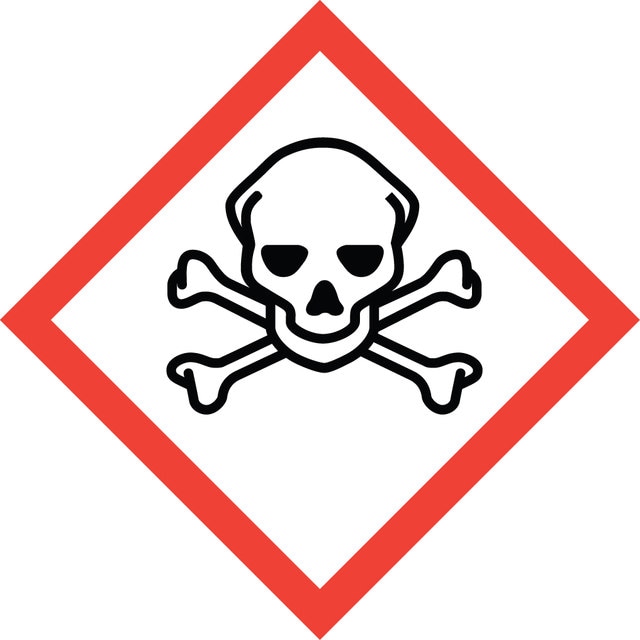Sign In to View Organizational & Contract Pricing
Select a Size
About This Item
Empirical Formula (Hill Notation):
C42H74N5O11P
CAS Number:
Molecular Weight:
856.04
MDL number:
UNSPSC Code:
12352211
NACRES:
NA.25
Product Name
16:0-12:0 NBD PC, Avanti Research™ - A Croda Brand 810131C
Assay
>99% (TLC)
form
liquid
packaging
pkg of 1 × 1 mL (810131C-1mg)
pkg of 5 × 1 mL (810131C-5mg)
manufacturer/tradename
Avanti Research™ - A Croda Brand 810131C
concentration
1 mg/mL (810131C-1mg)
1 mg/mL (810131C-5mg)
shipped in
dry ice
storage temp.
−20°C
General description
Phosphatidylcholine (PC) is a common phospholipid found in eukaryotes and a prime metabolite of glycerolipid metabolism. It is a vital component of the mucosal layer of the colon. NBD PC is a fluorescently labeled lipid with 7-nitrobenz-2-oxa-1,3-diazol-4-yl (NBD) attached to phosphatidylcholine.
Application
16:0-12:0 NBD PC has been used as a fluorescent marker to study the adsorption of hyaluronan (HA) onto a 1,2-dipalmitoyl-sn-glycero-3-phosphocholine (DPPC) bilayer deposited on a silica surface by fluorescent microscopy. It may also be used:
- in the microfluidic chip-based technology to demonstrate separation of fluorophore-labeled phospholipids and to monitor enzyme activities of lipid-modifying enzymes
- as a fluorophore for DPPC in fluorescence recovery experiments
- as a substrate to test scramblase activity
Biochem/physiol Actions
7-nitrobenz-2-oxa-1,3-diazol-4-yl phosphatidylcholine (NBD PC) is useful in the study of cellular processes as it functions as a fluorescent analog in lipid membranes and phospholipid phase transitions.
Packaging
5 mL Amber Glass Screw Cap Vial (810131C-1mg)
5 mL Amber Glass Screw Cap Vial (810131C-5mg)
Legal Information
Avanti Research is a trademark of Avanti Polar Lipids, LLC
Signal Word
Danger
Hazard Statements
Precautionary Statements
Hazard Classifications
Acute Tox. 3 Inhalation - Acute Tox. 4 Oral - Aquatic Chronic 3 - Carc. 2 - Eye Irrit. 2 - Repr. 2 - Skin Irrit. 2 - STOT RE 1 - STOT SE 3
Target Organs
Central nervous system, Liver,Kidney
WGK
WGK 3
Regulatory Information
危险化学品
易制毒化学品(2类)
This item has
Choose from one of the most recent versions:
Already Own This Product?
Find documentation for the products that you have recently purchased in the Document Library.
Thomas Zander et al.
Colloids and surfaces. B, Biointerfaces, 142, 230-238 (2016-03-10)
The superior lubrication properties of synovial joints have inspired many studies aiming at uncovering the molecular mechanisms which give rise to low friction and wear. However, the mechanisms are not fully understood yet, and, in particular, it has not been
Yulia Y Tyurina et al.
The Journal of biological chemistry, 282(11), 8498-8509 (2007-01-19)
Macrophage recognition of apoptotic cells depends on externalization of phosphatidylserine (PS), which is normally maintained within the cytosolic leaflet of the plasma membrane by aminophospholipid translocase (APLT). APLT is sensitive to redox modifications of its -SH groups. Because activated macrophages
C Scomparin et al.
The European physical journal. E, Soft matter, 28(2), 211-220 (2008-12-23)
The diffusion law of DMPC and DPPC in Supported Lipid Bilayers (SLB), on different substrates, has been investigated in details by Fluorescence Recovery After Patterned Photobleaching (FRAPP). Over micrometer length scales, we demonstrate the validity of a purely Brownian diffusive
Ellen C Wrobel et al.
Physical chemistry chemical physics : PCCP, 22(11), 6154-6166 (2020-03-04)
The antibacterial activity of a calixarene derivative, p-tert-butylcalix[6]arene (Calix6), was assessed and was shown not to inhibit the growth of E. coli, S. aureus and B. subtilis bacteria. With the aim of gaining more insights into the absence of antibacterial
Rachel R Kroe et al.
Analytical biochemistry, 390(1), 1-13 (2008-12-24)
Analytical ultracentrifugation is a widely used method for characterizing the solution behavior of macromolecules. However, the two commonly used detectors, absorbance and interference, impose some fundamental restrictions on the concentrations and complexity of the solutions that can be analyzed. The
Our team of scientists has experience in all areas of research including Life Science, Material Science, Chemical Synthesis, Chromatography, Analytical and many others.
Contact Technical Service
